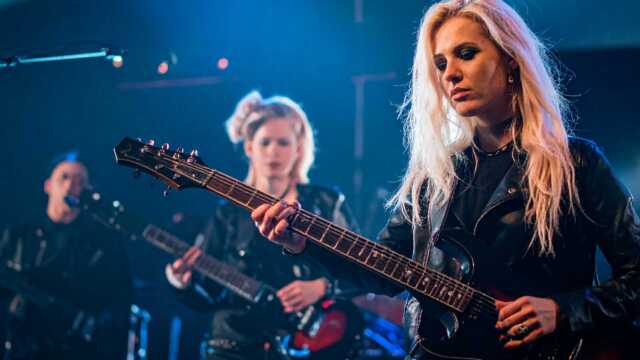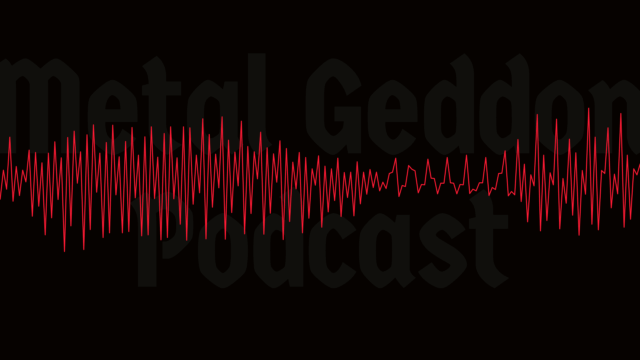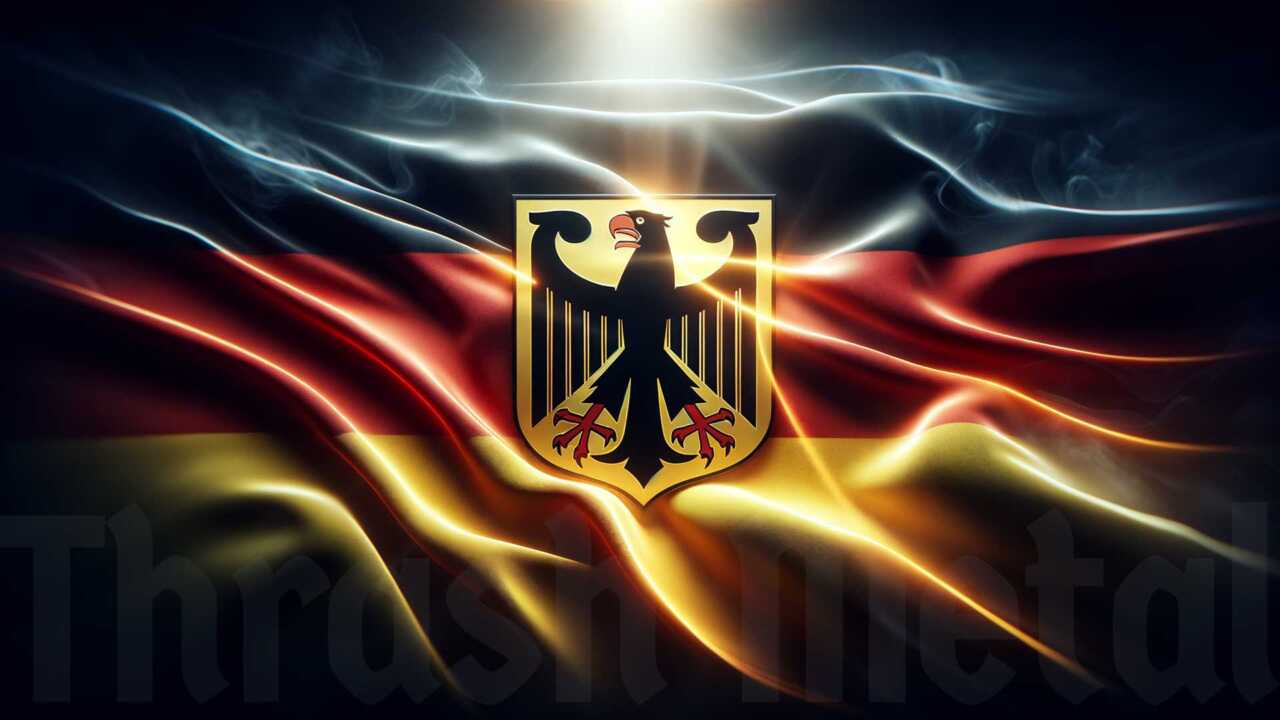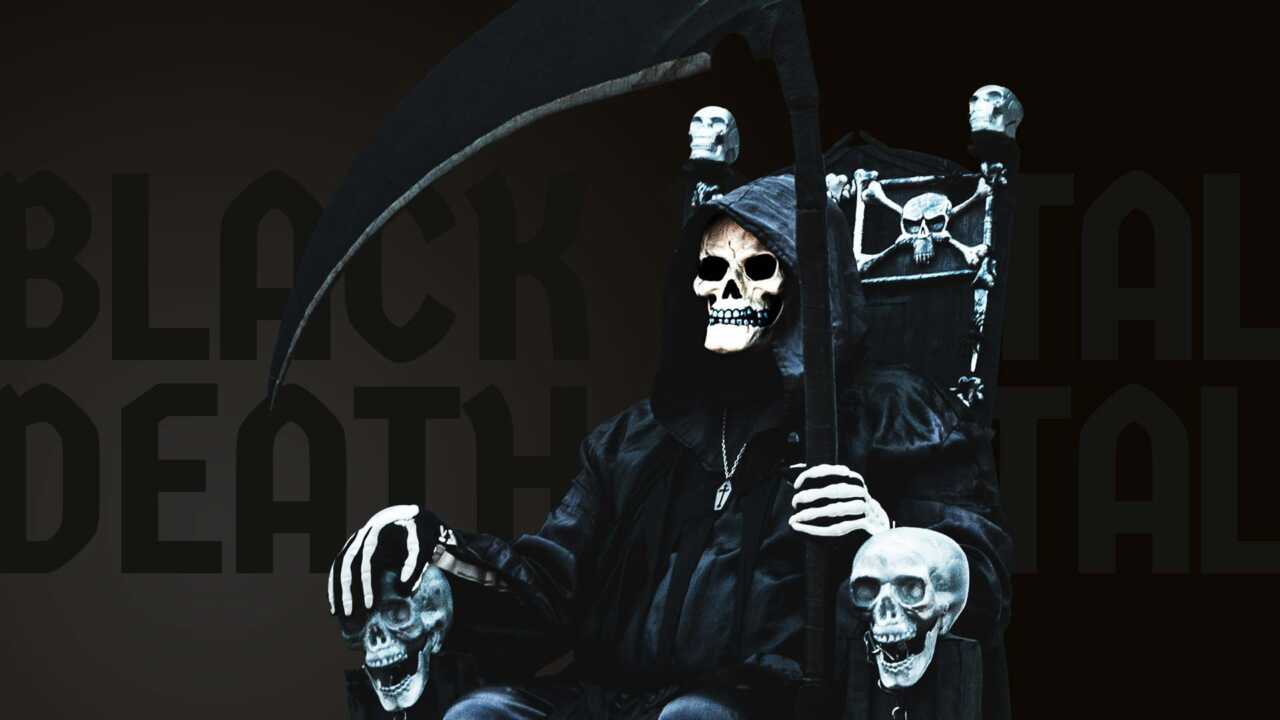No products in the cart.
Return To ShopWithin the high-octane world of heavy metal, two subgenres stand out for their blistering tempos and aggressive energy: thrash metal and speed metal. While often mentioned in the same breath and sharing a common ancestry, they possess distinct characteristics that set them apart. For newcomers to these rapid-fire sounds, understanding these nuances can unlock a deeper appreciation for their individual intensity and impact. Think of them as close relatives in the metal family, sharing some core traits but ultimately carving out their own sonic identities.
Contents
The Velocity Spectrum: Tempo and Intensity
The most immediate difference between thrash and speed metal lies in their overall tempo and the feeling of urgency they convey.
Thrash Metal
Thrash metal is characterized by its fast tempos, often significantly faster than traditional heavy metal but typically with more variation and groove than pure speed metal. While undeniably aggressive and energetic, thrash often incorporates moments of mid-paced heaviness and rhythmic complexity, allowing for headbanging grooves amidst the faster sections. The drumming in thrash is typically characterized by fast double bass drumming and powerful, driving beats, but with a sense of controlled aggression rather than relentless, all-out speed.
Iconic bands like Metallica, particularly their early work such as “Master of Puppets,” exemplify this balance of speed and groove. Slayer, with their relentless intensity, still maintained a sense of rhythmic drive that wasn’t solely about sheer velocity. Megadeth often incorporated more intricate and technical riffs at a fast but not always breakneck pace. Anthrax brought a punk-infused energy to their thrash, which, while fast, often emphasized a bouncing, mosh-pit inducing rhythm. The speed in thrash metal serves to amplify the aggression and intensity, but it’s often intertwined with a strong sense of rhythmic foundation and dynamic shifts.
Speed Metal
Speed metal, as the name suggests, prioritizes sheer velocity and often operates at an even higher tempo than most thrash metal. The focus is often on relentless speed, both in terms of drumming (often featuring incredibly fast single or double bass patterns) and guitar work. While still aggressive, the emphasis in speed metal leans more towards a feeling of exhilarating velocity and often a sense of heightened energy, sometimes bordering on frantic. Groove and mid-paced sections are less common in pure speed metal, with the overall feeling being one of constant, high-octane propulsion.
Bands like Motörhead, while influential on both genres, leaned heavily into the speed metal territory with their raw and relentlessly fast sound. Exciter, often considered one of the pioneers of speed metal, delivered music with a raw and unadulterated sense of speed and aggression. Agent Steel took speed metal to technically demanding heights with their intricate and lightning-fast riffs and soaring vocals. Helloween’s early “Walls of Jericho” album is a prime example of European speed metal, blending melody with intense velocity. The speed in this genre is often the defining characteristic, pushing the limits of tempo and demanding incredible dexterity from the musicians.
Sonic Attack: Guitar Work and Tone
The guitar work in both genres is fast and aggressive, but subtle differences in tone and approach can be discerned.
Thrash Metal
Thrash metal guitar tones are typically heavily distorted, often with a sharp, cutting edge that lends itself well to fast, aggressive riffing. The riffs themselves are often complex and syncopated, incorporating elements of both traditional heavy metal and the faster, more aggressive approach of hardcore punk. Guitar solos are a prominent feature in thrash, often characterized by speed, technicality, and a sense of melodicism within the aggressive context.
Guitarists like James Hetfield of Metallica are known for their down-picking technique, delivering powerful and precise fast riffs. Kerry King and Jeff Hanneman of Slayer created a chaotic and aggressive sonic assault with their fast tremolo-picked riffs and often dissonant solos. Dave Mustaine of Megadeth is renowned for his intricate and technically demanding riffing and often melodic yet shredding solos. The guitar work in thrash serves as both a driving rhythmic force and a platform for virtuosic lead playing.
Speed Metal
Speed metal guitar tones can also be heavily distorted but sometimes possess a slightly thinner or more high-end focused sound compared to the often thicker tone of thrash. The riffs are often characterized by their relentless speed and precision, sometimes focusing on rapid-fire single-note runs and arpeggios in addition to power chords. While solos are present in speed metal, the emphasis might lean slightly more towards showcasing sheer speed and technicality, sometimes at the expense of overt melodicism compared to some thrash solos.
Guitarists like Wolf Hoffmann of Accept (an influential band often bridging the gap between traditional heavy metal and speed metal) showcased fast and melodic lead work. Kai Hansen of Helloween was instrumental in developing a melodic yet incredibly fast guitar style that became a hallmark of European speed metal. The guitar work in speed metal often prioritizes the exhilarating feeling of velocity and technical prowess, contributing to the genre’s overall sense of high-energy intensity.
Vocal Fury: Delivery and Style
The vocal styles in thrash and speed metal share a raw and often aggressive quality but can have distinct nuances.
Thrash Metal
Thrash metal vocals are typically delivered in a raw, aggressive style, often shouted or barked rather than cleanly sung. While melody isn’t always the primary focus, many thrash vocalists possess a distinct vocal delivery and some incorporate more melodic elements or gang vocals. The overall feel is one of urgency and often a sense of social or political commentary in the lyrics, delivered with conviction and aggression.
Vocalists like James Hetfield of Metallica evolved from a more raw, shouted style to incorporate more melodic phrasing while retaining aggression. Tom Araya of Slayer is known for his intense and often snarling vocal delivery. Dave Mustaine of Megadeth possesses a distinctive, sometimes nasal, and often sarcastic vocal style. Joey Belladonna of Anthrax brought a more melodic and soaring element to the genre while still maintaining its energetic edge.
Speed Metal
Speed metal vocals often share the raw and aggressive delivery of thrash but can sometimes feature higher-pitched vocals, even approaching the soaring ranges found in traditional heavy metal. The emphasis often remains on power and intensity, with less frequent use of clean, melodic singing in the more extreme forms of the genre. The speed and intensity of the music often dictate a more direct and forceful vocal approach.
Vocalists like Rob Halford of Judas Priest (another significant influence) showcased incredible high-pitched screams that became associated with speed metal’s intensity. John Cyriis of Agent Steel possessed a powerful, soaring vocal range that complemented the band’s technical speed. Kai Hansen’s vocals in early Helloween were energetic and melodic, fitting the band’s faster, more uplifting style of speed metal.
Lyrical Speed and Substance
The lyrical themes in both genres can overlap, but certain tendencies exist.
Thrash Metal
Thrash metal lyrics frequently tackle social and political issues, often with a critical and rebellious stance. Themes of war, corruption, environmental destruction, and social injustice are common. While some thrash bands also explore darker or more fantastical themes, the genre is often associated with a strong sense of social commentary and angst.
Metallica’s lyrics often delve into themes of power, control, and social commentary. Slayer frequently explores darker themes of death, violence, and the occult. Megadeth is known for its politically charged and often cynical lyrics. Anthrax often incorporates more lighthearted or horror-themed lyrics alongside social commentary.
Speed Metal
Speed metal lyrics can also touch upon darker themes or fantasy, but the focus is sometimes less on deep social commentary and more on themes of speed itself, power, and sometimes more traditional heavy metal topics like battles and mythology. The lyrical content often matches the high-energy and sometimes more escapist nature of the music.
Motörhead’s lyrics often revolved around themes of war, rebellion, and the rock and roll lifestyle. Helloween’s early lyrics often incorporated fantasy elements alongside themes of power and speed.
Origins and Evolution: The Speeding Timeline
Both genres emerged in the early to mid-1980s, reacting against the slower tempos of traditional heavy metal, but their trajectories and regional focuses differed slightly.
Thrash Metal
Thrash metal’s primary breeding grounds were the United States (particularly the San Francisco Bay Area with bands like Metallica, Slayer, Exodus, Testament) and Germany (with bands like Kreator, Sodom, Destruction). It represented a fusion of the New Wave of British Heavy Metal’s energy with the aggression and speed of hardcore punk.
Speed Metal
Speed metal had a more diffuse origin, with influential bands emerging in the UK (Motörhead, Venom), Germany (Accept, Helloween, Running Wild), and the USA (Exciter, Agent Steel). It can be seen as a more direct and often more extreme acceleration of traditional heavy metal elements, sometimes with less of the overt punk influence that characterized some early thrash.
Conclusion
While both thrash metal and speed metal offer a high-velocity sonic assault, their nuances in tempo, guitar work, vocals, and lyrical themes create distinct listening experiences. Thrash metal often balances speed with groove and social commentary, while speed metal prioritizes relentless velocity and a sense of exhilarating power. Understanding these differences allows listeners to better appreciate the specific intensity and character of each genre within the broader spectrum of extreme metal. Exploring key bands from each style will provide the most direct route to discerning their unique sonic signatures.
Table: Key Differences Between Thrash Metal and Speed Metal
| Feature | Thrash Metal | Speed Metal |
| Tempo | Fast, but with variations and groove | Very fast, often relentless, emphasis on pure velocity |
| Guitar Sound | Heavy distortion, sharp, complex riffs, solos prominent | Heavy distortion, sometimes thinner, focus on speed and precision, solos present |
| Vocals | Raw, shouted, sometimes melodic, often socially conscious | Raw, aggressive, sometimes higher-pitched, emphasis on power |
| Lyrical Content | Social and political issues, war, corruption, angst | Speed, power, sometimes fantasy, less overt social commentary |
| Primary Origins | USA (Bay Area), Germany | UK, Germany, USA |








Add comment